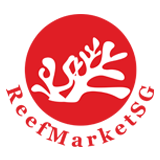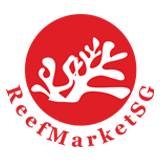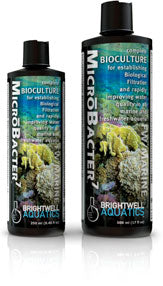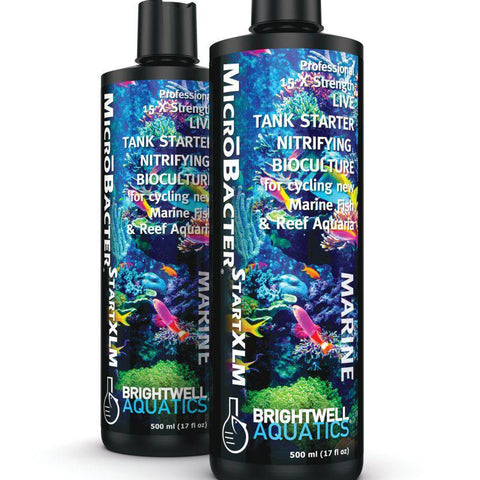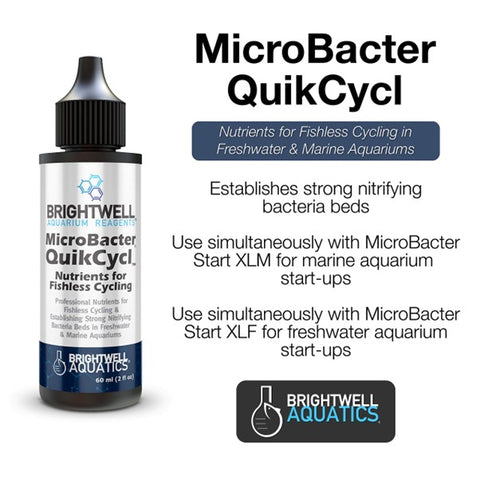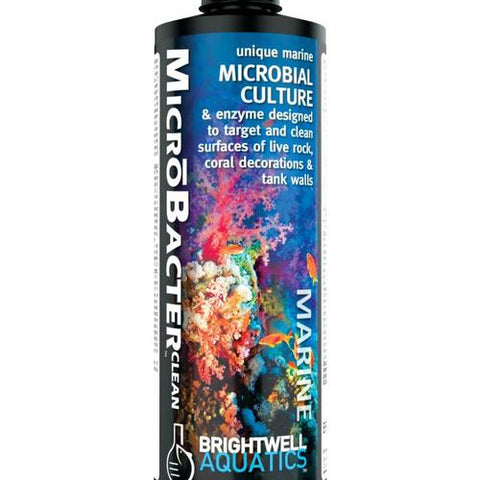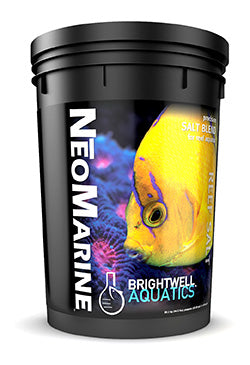Sidebar
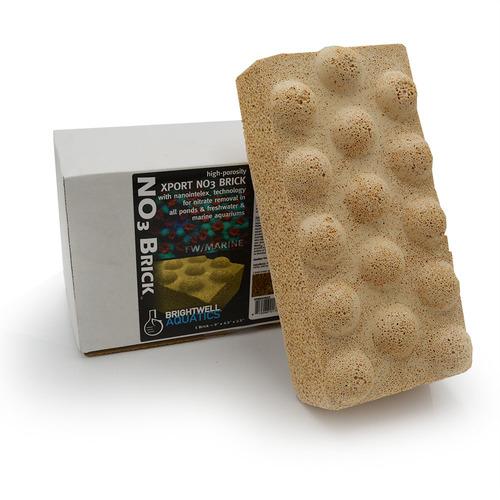
BRIGHTWELL AQUATICS Xport NO3 - Dimpled Brick
Regular price $101.00
In Stock
- FREE Store Pick Up
RBRI-00081
Ultra-activated ceramic Denitrification Brick shaped filtration media doped with Elemental Sulfur, for Superior Performance Characteristics
Overview
Designed to be used in marine and hard freshwater aquariums with a pH of 7.5 or over
Highest porosity and largest useable surface area, per unit weight or volume, of all filtration media available anywhere!
Provides huge amounts of anaerobic surface area for efficient bacterial colonization for denitrification, along with sulfur doping to act as an electron donor to accelerate the process in freshwater, pond or marine applications.
Laboratory tested: Provides over 71,000 square feet (6,596 square meters) of surface area per liter of medium. One brick has about 100,000 square feet of useable surface area for bacterial colonization.
Also reduces phosphate significantly and dissolved organics.
So porous that it wicks water and stays wet for days when drained, allowing bacteria to remain viable after an equipment failure and ready for the repair.
Doped with Aragonite to buffer pH at bacteria level, preventing acid buildup which eventually would kill the bacteria and reduce capacity (which is what happens in competing products).
Sizes
9" x 4.5" x 2.5" (approximately, each one is hand cast and dimensions vary slightly)
Instructions Guidelines
Use one XPort NO3 Brick for every 1,000 U.S. gallons ( 3,800 L ) of system capacity, more for heavy bio loads. Normally do not use more than one brick per 100 gallons of tank capacity. Bricks may be cut in half for smaller systems. Rinse material well with aquarium water or purified tap water to remove any dust. For superior results, seed the material using only the specific bacteria product that you are using in the aquarium. If using Micr?Bacter Start XLM, use one capful to seed (add balance of bacteria directly to the aquarium). If using FlorinBacter7, Micr?Bacter7 or Micr?BacterCLEAN add full recommended dose. Place XPort NO3 Brick in a plastic container, filling it with aquarium water, and then adding the bacteria to that container. Allow to stand overnight and then add the seeded XPort NO3 Brick to your system. It is recommended that you use sponge, fine filter floss or other mechanical filtration ahead of XPort NO3 Brick to prevent clogging with organic material. For maximum results, also provide a good carbon source for growing bacteria, such as Brightwell Katalyst bio pellets or liquid Reef BioFuel or Florin Axis, as appropriate for your aquarium, as directed on their label.
Recommendation: Do not use different bacteria products in an aquarium, particularly during startup! When an aquarium is new, the available nutrients for bacteria to consume are scarce and if the kind of bacteria you introduce requires organics, they will likely not be available and the two different bacterial cultures can fight each other. It is best to start out with Micr?Bacter Start and cycle the tank, and then progress to Micr?BacterCLEAN at cycling completion. Then progress to Micr?Bacter7 or FlorinBacter7at 4 to 6 months of age. This will provide the cleanest and fastest route to meet your goals and provide a beautiful and sustainable bacterial ecosystem. Particularly do not introduce foreign strains of bacteria such as "live sand", pre-cultured dry man made "live rock," etc. It is ok to use rocks from other aquariums that have already cycled and live rock purchased from stores. All forms of man made or natural live rock (except dry pre-cultured), aragonite and marco rock will work fine. If you introduce the wrong strains of bacteria, at the wrong time, you can slow down the whole process.
Additional information
It is prudent to use a whole brick even in smaller systems down to about 100 U.S. gallons. If the system is smaller than that, then use the Xport Bio Cubes or Xport Bio Blocks instead or cut the brick in half with a hack saw. To cut the brick, we recommend that you wet it first and place it on a piece of wood so that it is fully supported. If you hang it over an edge, it may break unevenly. For nitrification, or removal of ammonia and nitrite, employing the brick aerobically, or above the water line will provide maximum results. To do this, mount the brick in air, above the water level, and run a small stream of water through the brick. It is not necessary or desirable to run the whole flow of the main system pump through the brick. A flow of about 40 to 80 liters per hour is ideal. An adjustable flow control will allow you to adjust the water flow to only that which will flow through (and not around) the brick. On the other hand, removing nitrate is an anaerobic process and limiting oxygen to the brick as much as possible will maximize the nitrate removal. In this case, mount the brick beneath the water surface in the sump in a very low flow area, if possible.
To use one brick for both aerobic nitrification and anaerobic denitrification, mount the brick below the water surface and provide medium flow around it. The bacteria growing in the top 1/4" of the surface of the brick will be aerobic and will use up all the oxygen so that the inside of the brick goes anoxic or anaerobic. Anaerobic denitrifying bacteria will then colonize the internal surfaces of the brick and you will get both nitrification on the surface and denitrification in the internal parts.
While the NO3 Brick will perform both nitrification and denitrification, if your need is primarily for nitrification (removal of ammonia & nitrite), you should purchase the Xport BIO Brick instead or in addition.
One important criteria in marine systems is gas exchange. Xport is the best bacterial media in the world, but it is not good at gas exchange. Bio balls are the best for gas exchange, so any system will work better with a small stack of bio balls placed in the main flow (in air).
Free pick up at 108 Owen Road 218915 only

Related Products
- Choosing a selection results in a full page refresh.
Added to cart successfully. What's next?

Product type: 1
1 x $00.00
Order subtotal
$00.00
Continue shopping
The cookie settings on this website are set to 'allow all cookies' to give you the very best experience. Please click Accept Cookies to continue to use the site.
